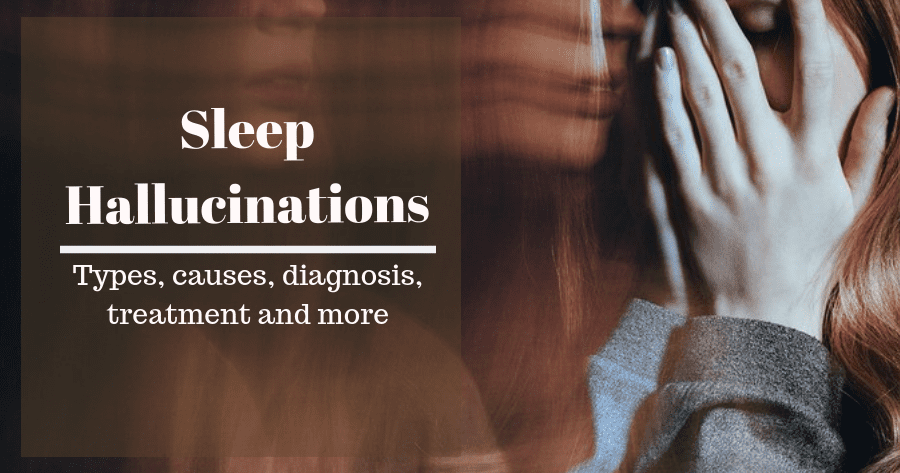
For example: if it’s dark, turn on the light, or if you’re standing up, sit down. Changing the variables – to ‘turn off’ the hallucination, you could try altering the environment or setting that you are in.Moving your eyes – some people report that the hallucinations dissipate if they move their gaze from side to side or up and down.Vision therapy – low-vision rehabilitation may help to ease symptoms.Medical advice – talking it over with a doctor or counsellor can be helpful.

Sometimes the hallucinations don’t go away, but there is no medical cure.ĭepending on the severity of the condition, treatment may include: Understanding the condition can help to reduce feelings of anxiety and helplessness. It is a good idea to find out everything you can about Charles Bonnet syndrome. In most cases, Charles Bonnet syndrome resolves itself after about 12 to 18 months without treatment.

short-term after-effects of cataract surgery.blindness in one side of the visual field (hemianopia).Visual hallucinations may have causes other than Charles Bonnet syndrome, including: The person may fear they are going mad or exhibiting signs of dementia.Seeing things that aren’t there is distressing, even if the images are pleasant.The person may not know at first whether the image is real or imagined, which can be frightening if they are seeing, for example, a stranger in the house.The hallucinations overlay images of the real world, so the person may have trouble negotiating everyday tasks, such as walking through an unfamiliar environment.They may cause issues in their everyday life because: different every time, or a person may see the same items in every hallucination.Ī person with Charles Bonnet syndrome has no control over their hallucinations.meaningless and random, or featuring familiar people or familiar places.enjoyable like a pleasant dream, or frightening like a nightmare.brief (they continue for a few minutes), or lengthy (they persist for a few hours).realistic (such as animals from the real world), or fantastic (such as mythological monsters).static like a photograph, or moving like an event in real life.The features of hallucinations can vary widely from one episode to the next and from one person to the next. Complicated hallucinations are more likely to occur in people with severe vision loss.įeatures of Charles Bonnet hallucinations Complicated – such as seeing people, buildings, landscapes or places.Simple – such as patterns and lines, for example, the person may see brickwork images, netting or mosaics.The two types of visual hallucination most common to Charles Bonnet syndrome include:
:max_bytes(150000):strip_icc()/GettyImages-1154176947-351df4104aad4d139cd3d74268738d93.jpg)
Generally, the hallucinations tend to occur when the person is alone, quiet and in a familiar environment, for example, when lying awake in bed. Types of hallucinations in Charles Bonnet syndrome A realisation that the hallucinations aren’t real.The signs and symptoms of Charles Bonnet syndrome include: Perhaps the loss of visual information from the eyes allows the brain to ‘play’ with its stored picture library. It is not clear how the brain stores visual information, but we know that visual information from the eyes stops the brain from creating its own images. Doctors know that vision loss triggers the visual hallucinations. The underlying mechanism of Charles Bonnet syndrome is not understood. In most cases, the hallucinations go away as the brain adapts. Research suggests that many people who suffer from Charles Bonnet syndrome do not consult their doctor out of fear and embarrassment, as hallucinations are associated with mental illness. Despite this, most people are not aware of this condition. It occurs most often among the elderly who are more likely than any other age group to have eye conditions that affect sight, such as age-related macular degeneration.Įstimates vary, but it is thought that about one person in every two with vision loss may experience hallucinations, which means Charles Bonnet syndrome is very common. Charles Bonnet syndrome refers to the visual hallucinations caused by the brain’s adjustment to significant vision loss.


 0 kommentar(er)
0 kommentar(er)
